‘Community Consequences’ is a new exhibition by Projects Office commissioned by Coin Street Community Builders for The London Festival of Architecture 2016. The designers have used the parlour game of Consequences as a playful vehicle to explore the shared interests that define a community, and to examine the roles of conversation, co-operation and compromise in designing the built environment. The exhibition, currently on display at Oxo Tower Wharf, closes on Sunday July 4 2016.
Tell me about Projects Office and why this year’s LFA theme of ‘community’ resonated with your research/practice?
Projects Office is a team of architects, designers, writers, thinkers and doers. Our company ethos is fantastic pragmatism: we think laterally, solve problems imaginatively, and take fun seriously.We [Projects Office directors James Christian, Bethan Kay and Megan Charnley] met whilst studying at the RCA and founded the practice two years ago. We believe that collaboration is the key to creativity, so working with and as part of communities and user groups is central to our approach. We’re not afraid of getting in amongst the complexities and contradictions in social groups, and we’re fascinated by how architecture can reveal the stories within them.“Community” is a word too often used without any thought of what it really means. We are interested in notions of what communities really are, and how they do, or could, express themselves. As part of this, the idea of collective expression is fascinating: if communities were enabled to express themselves in an authentic way, it could have a powerful effect on their sense of identity and autonomy. Providing opportunities for genuine collective expression could offer communities the confidence they need to push for the changes they want to see. The success of Coin Street Community Builders is a great testament to this.The fascinating thing about communities is that they’re made up of much more than the common interest or location that unites them – they’re obviously full of the disparate needs, conflicting beliefs and different personal interests of the individuals. Working with a community is always about identifying the common goals while managing the contrasting desires. This exhibition seeks to reveal both the elements that unite communities, and those personal interests which could drive them apart, in an attempt to open a conversation about how to reveal – and then answer – the diverse needs within the group.We saw the theme of the LFA 2016 as an opportunity to ask questions and provoke conversations about the nature of community. However, we didn’t want to do something overly intellectual or worthy – we think that could make for a pretty dry visitor experience. In our work we take community consultation very seriously, but for LFA 2016 we wanted to translate that genuine concern into something light-hearted – something fun and enjoyable. So, dig deeper and you can start to see important socio-economic issues, political concerns and practical problems with the city, or enjoy the exhibits simply as a series of absurd architectural briefs, and the results of a fun series of workshops with some great people from the local area.
What are the challenges in addressing a theme like ‘community’ in the context of London today?
That’s a very pertinent question in this post-Brexit world! It’s clear that within a divided nation the need for a belief in communities of all different sizes will be increasingly important. In London, some developers seem to be simultaneously scared of the power of communities and dismissive of them – so they pay lip service to engagement with the local communities, but don’t really want to engage with them in any real way. The understanding of the meaning of value has been narrowed, to the point where fiscal value is now almost always the driving force, so it’s increasingly difficult to justify the value of community to developers. Engagement either gets left out completely or becomes a token PR exercise. There’s a transience to London’s communities, more so than elsewhere in the UK. People increasingly identify with communities beyond their physical location. Whilst we strongly believe in the importance of physical place, we’re interested in how networks can exist both within and beyond the architectural boundaries of the city. In our projects we seek to actually understand what communities want and need, through meaningful participation and a creative approach, and then to create physical or digital spaces which actually address those issues.
What interested you about working with Coin Street Community Builders on this particular project?
The ethos of Coin Street Community Builders definitely strikes a chord with us – a dedicated community working together to make their part of the city a better place to live and work. The foundations of CSCB in particular are very inspiring: they set out to change things, and through perseverance, clear thinking and passionate campaigning they actually did it. The quality of London’s South Bank – in terms of housing, public spaces, and culture – is in part due to the resolve of this relatively small community.The Community Consequences exhibition offered the opportunity to work with groups within the Coin Street community and to reflect their current interests and desires. We also got to exhibit at the Oxo Tower Wharf, which was obviously brilliant.
You were drawn to the Parlour game of Consequences because of its unexpected outcomes, and the way in which it promotes collective authorship. Can you tell us a bit more about why this process appealed to you as architects?
Chance always plays a role in the development of the built environment over time. In community consultations, the idea of chance is often overlooked, but in the implementation of the associated building project, chance will always have an impact. We wanted to weave an element of chance in at the very beginning. It adds mischief, but also offers opportunity for surprise and joy. The places people really love are often the oddball ones, which nobody would have planned that way. The ‘Consequences’ method is also a way to open a discourse about co-operation and collaboration, by taking it to the extreme and completely removing communication from the process. What happens if people really do get what they want, but chance is employed as an agent to jumble things up? While it becomes clear that individual voices and desires need to be moderated and unified through a process of compromise, the method is an equaliser. Consultation is no longer about who shouts the loudest or has the strongest opinion – everyone has equal value. It’s a very democratic way of listening to the people, and – as with the referendum – the outcomes may not always the most sensible, but they do reveal individuals’ concerns and priorities.
What have you learned from this unique way of working and how (if at all) will it inform your design process in the future?
People have great imaginations, and they want more swimming pools.Beneath the fantastic ideas for programmes and buildings in the city, more serious themes emerged. For example, it became clear that small changes which could solve day-to-day problems (bike sheds, local shops, open spaces) might be more valued than ambitious architectural projects. An entrenched ‘us and them’ mentality was also evident: the local people did not believe that the council or the government had their best interests at heart. While we are not suggesting the ‘Consequences ‘ method should be used literally in community consultations, we actually found that this game was a great conversation starter – an unintimidating way to get people’s views. We are planning to use a modified version of this in future community projects to open up the conversation and make sure individual voices are heard.
Socially engaged projects like these often receive criticism for lacking in real long-term impact. In your view, what is the role of the architect in sustaining this engagement?
This exhibition is the start of a conversation about how to improve community consultations – we certainly don’t think it’s the answer!Architects need to keep talking to the people they’re working with. Generally, they’re great at starting the conversation, but it takes more effort to maintain the dialogue, and to listen to what people are actually saying. Obviously, it’s always a challenge to balance the conflicting needs of different parties in a building project, but engaging with people in an understandable way, and injecting a bit of humour into proceedings can make the process smoother, more productive, and a lot more fun.
What would you say is the legacy of this project?
Hopefully Southwark council will commission a wine factory, but failing that, we hope this is the start of a conversation about methods of community consultation. As a practice, we hope to be able to continue to develop our approach and have the opportunity to become involved in more community projects. We also hope that visitors to the exhibition enjoy the absurdity and colour of the stories. Architecture doesn’t have to be stuffy and serious – if you add a bit of fun into the mix, people are more engaged so the outcome is always going to be stronger.
Community Consequences by Projects OfficeDates: 16 June 2016 – 3 July 2016Opening Times: 11.00am – 6.00pmG11, Oxo Tower WharfBargehouse Street South Bank London SE1 9PHhttp://www.oxotower.co.uk/eventshttp://www.projectsoffice.co/

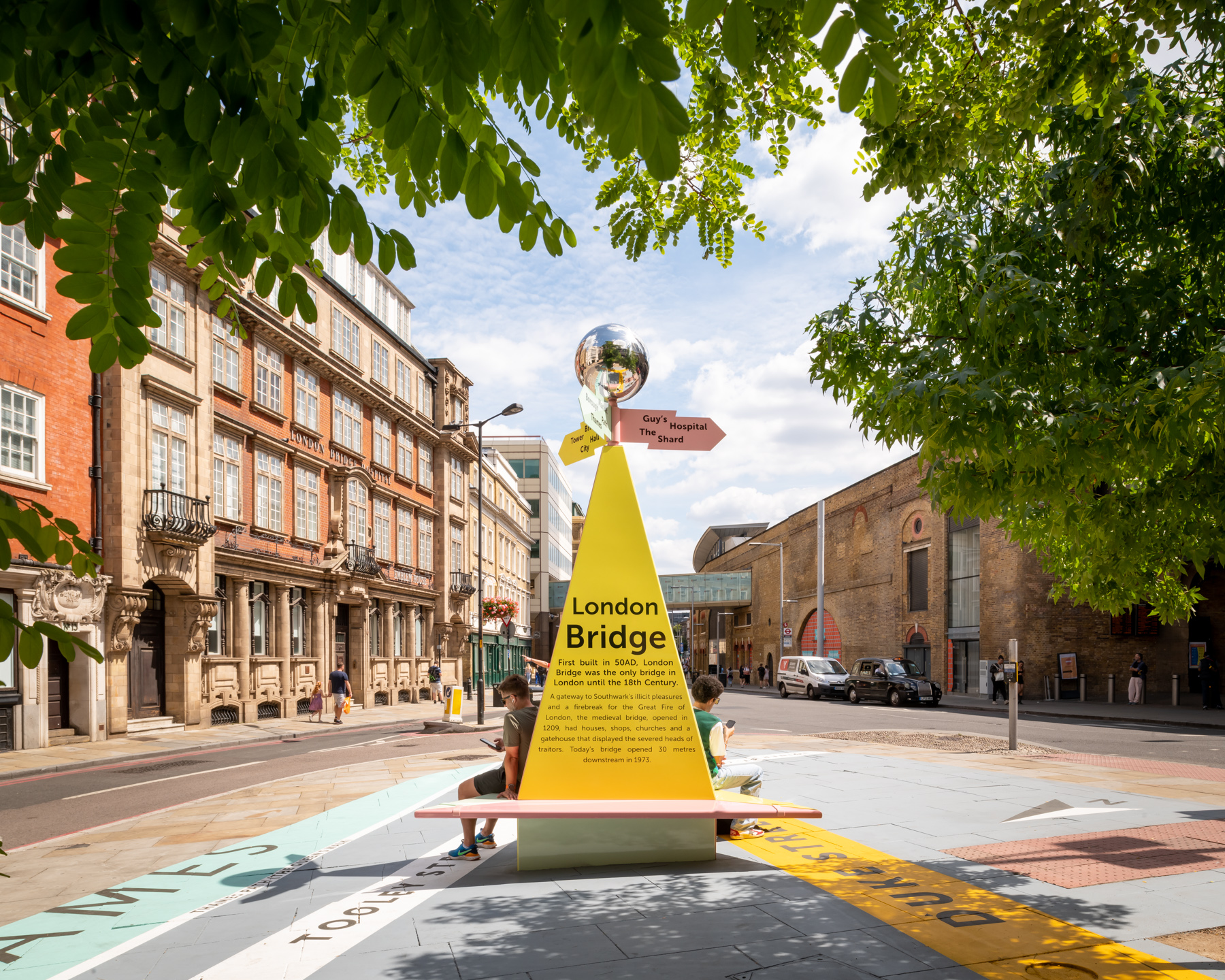 COMPETITION
|
COMPETITION
|
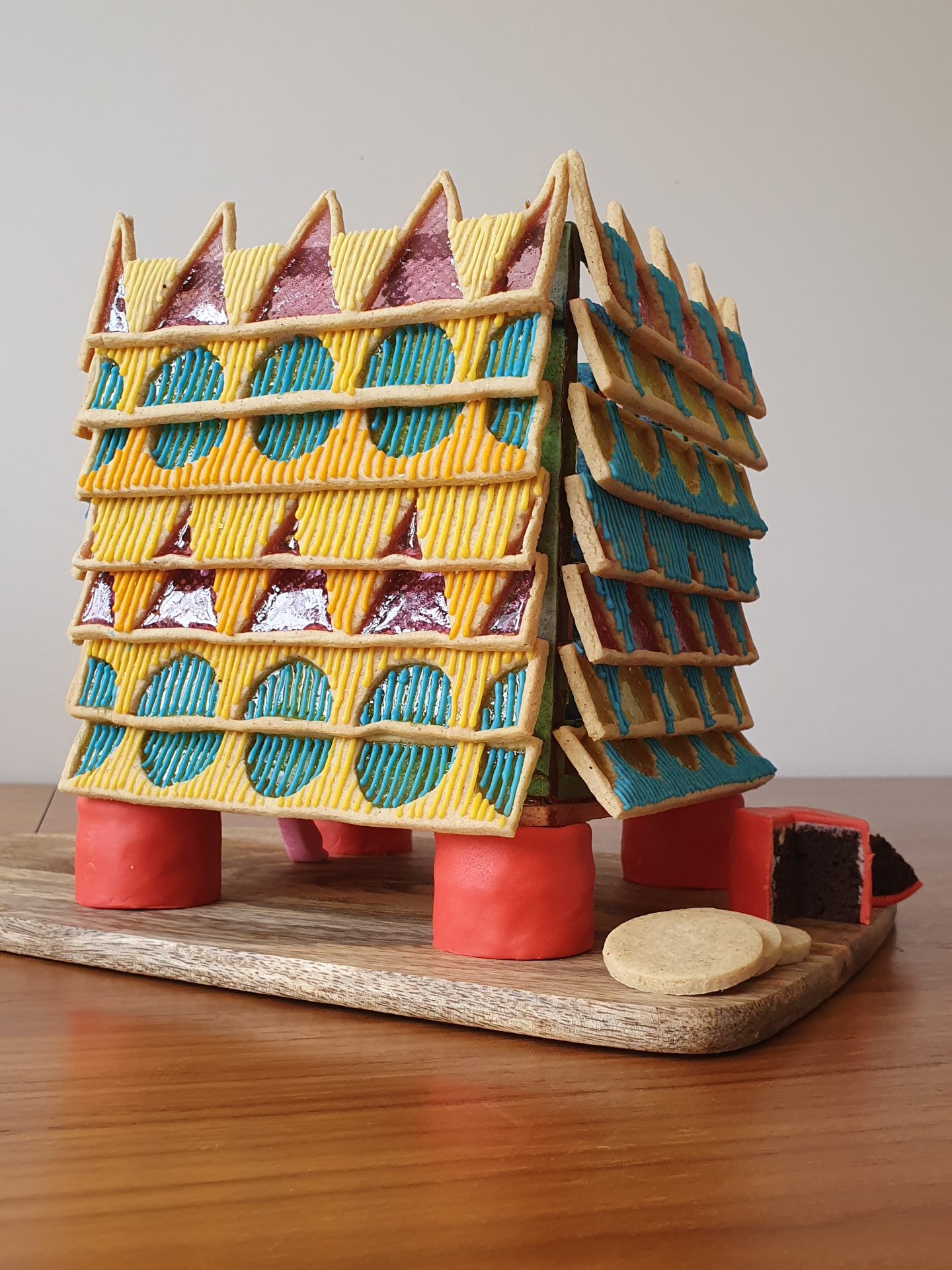 COMPETITION
|
COMPETITION
|
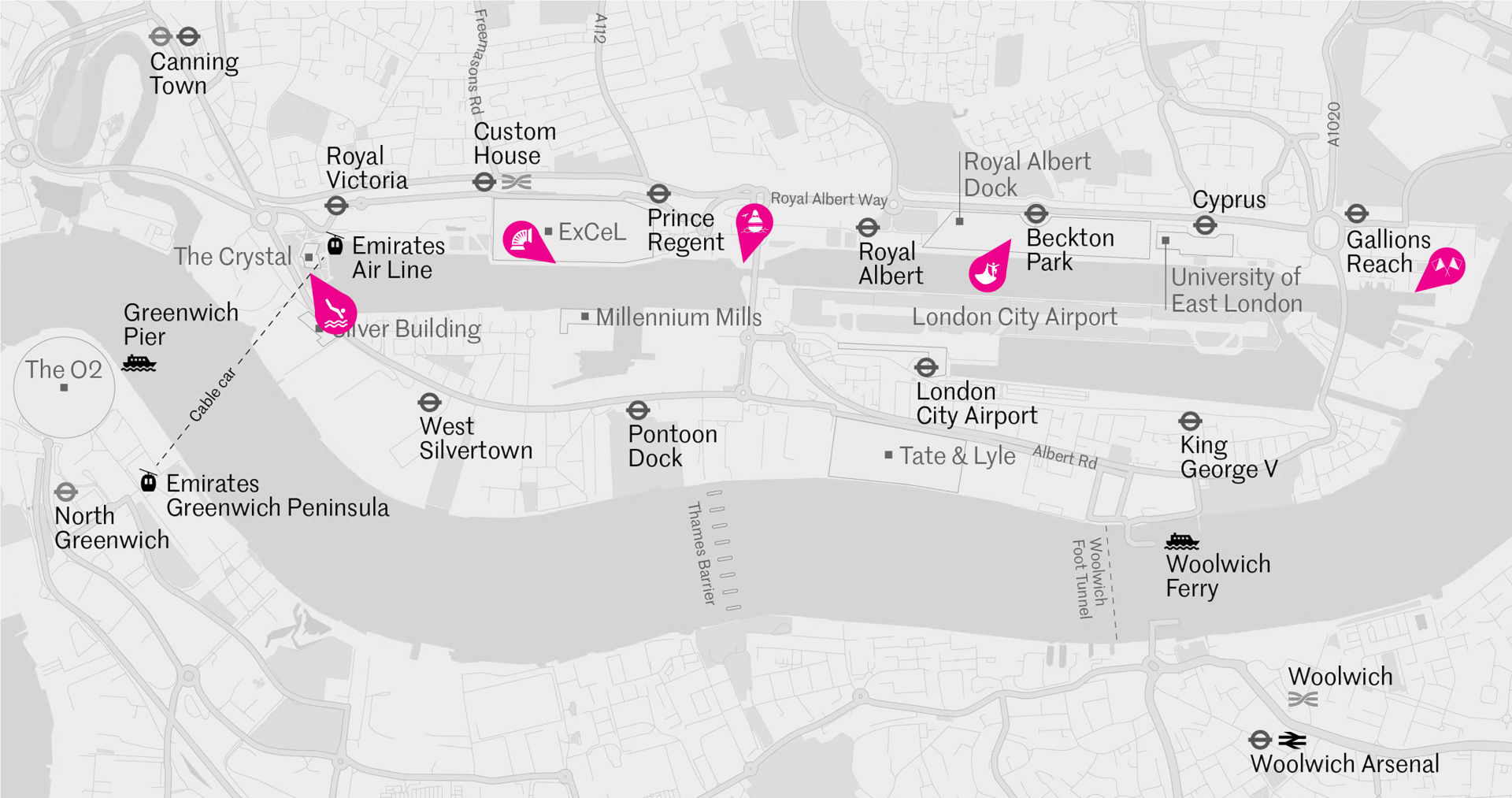 COMPETITION
|
COMPETITION
|
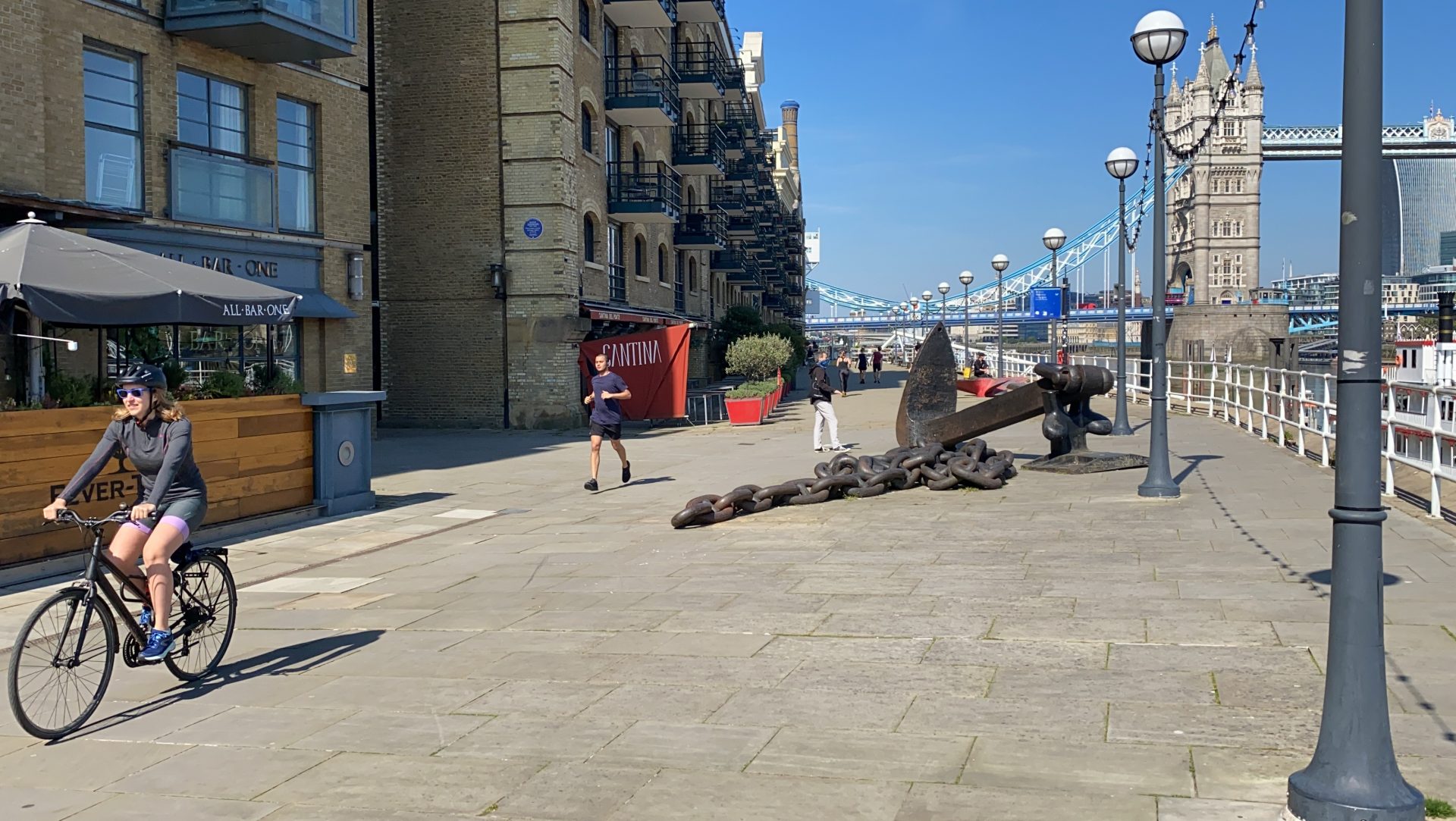 COMPETITION
|
COMPETITION
|
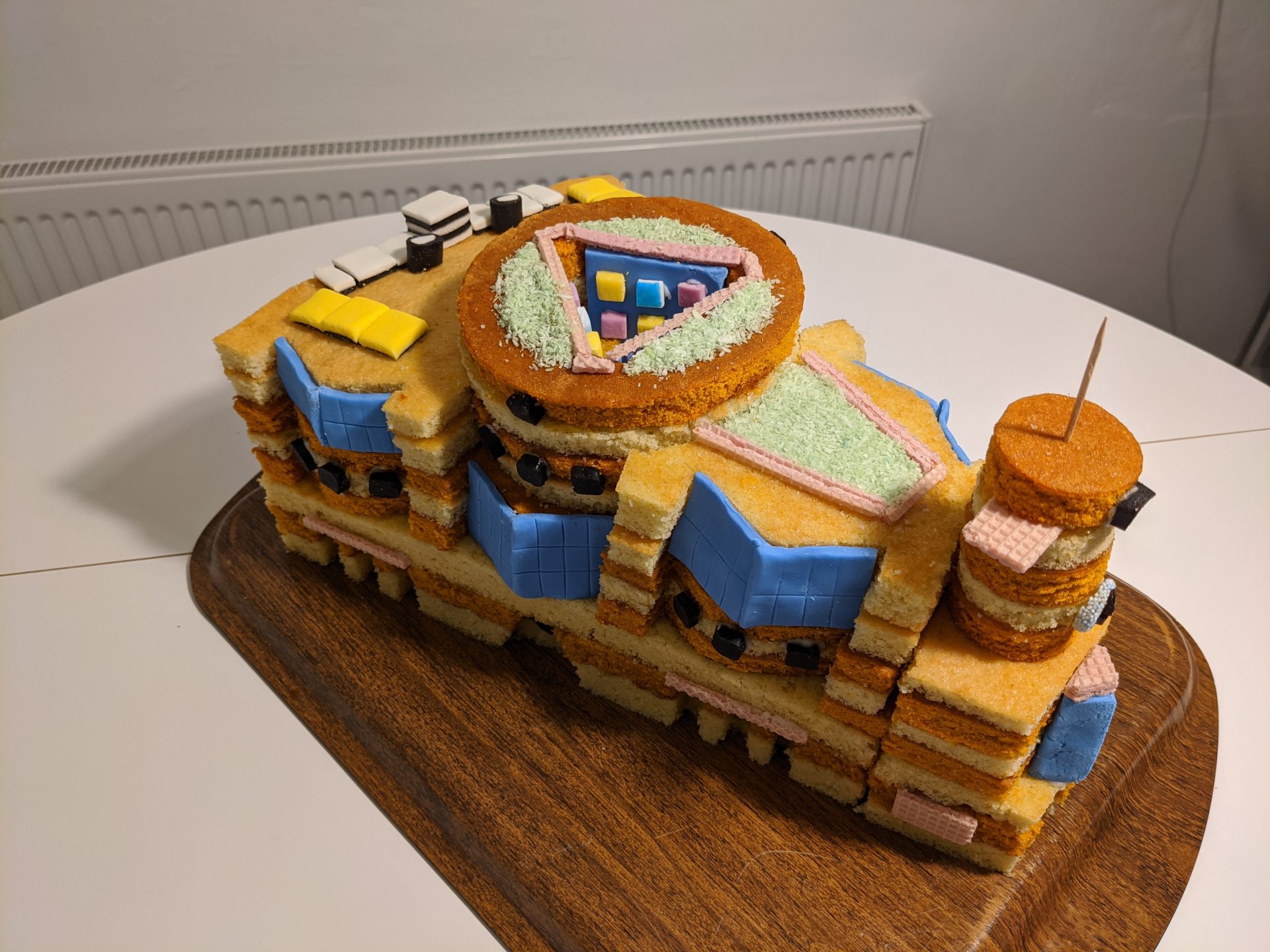 NEWS
|
NEWS
|
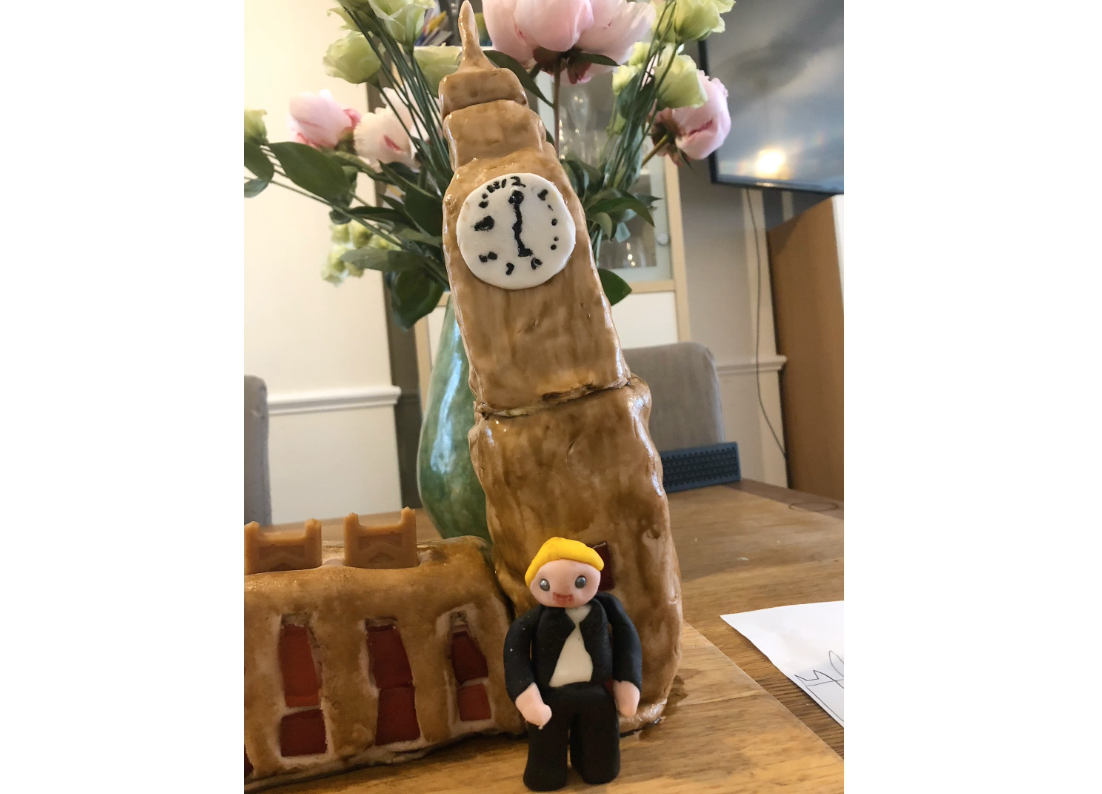 NEWS
|
NEWS
|